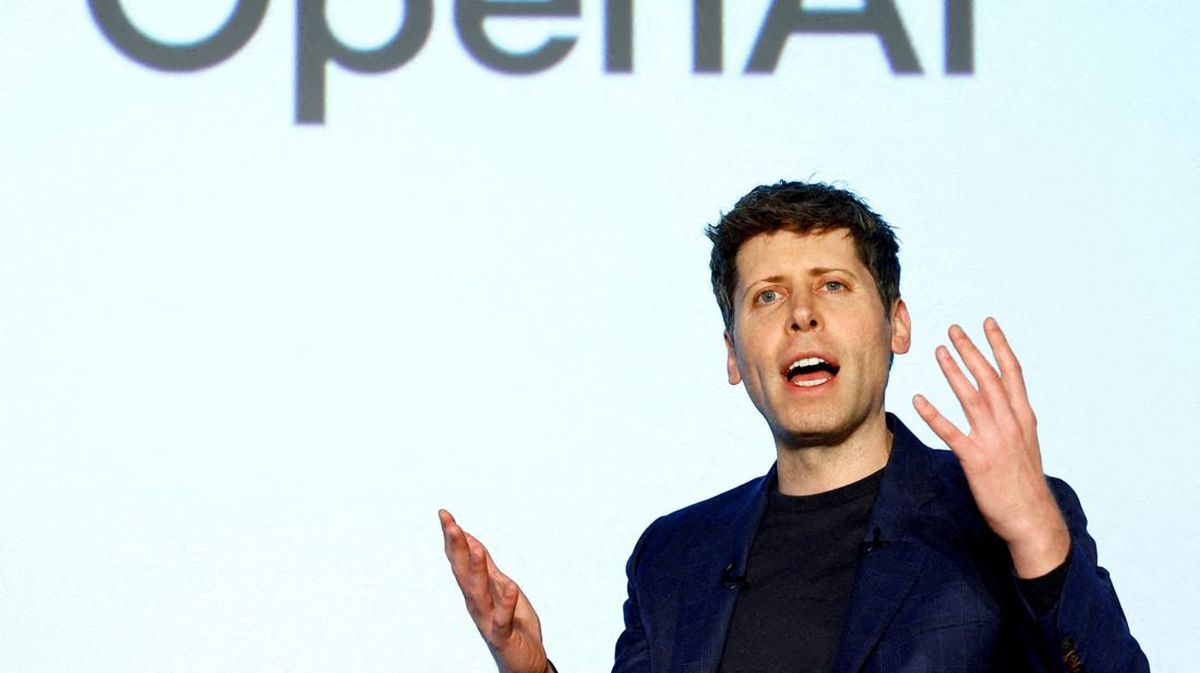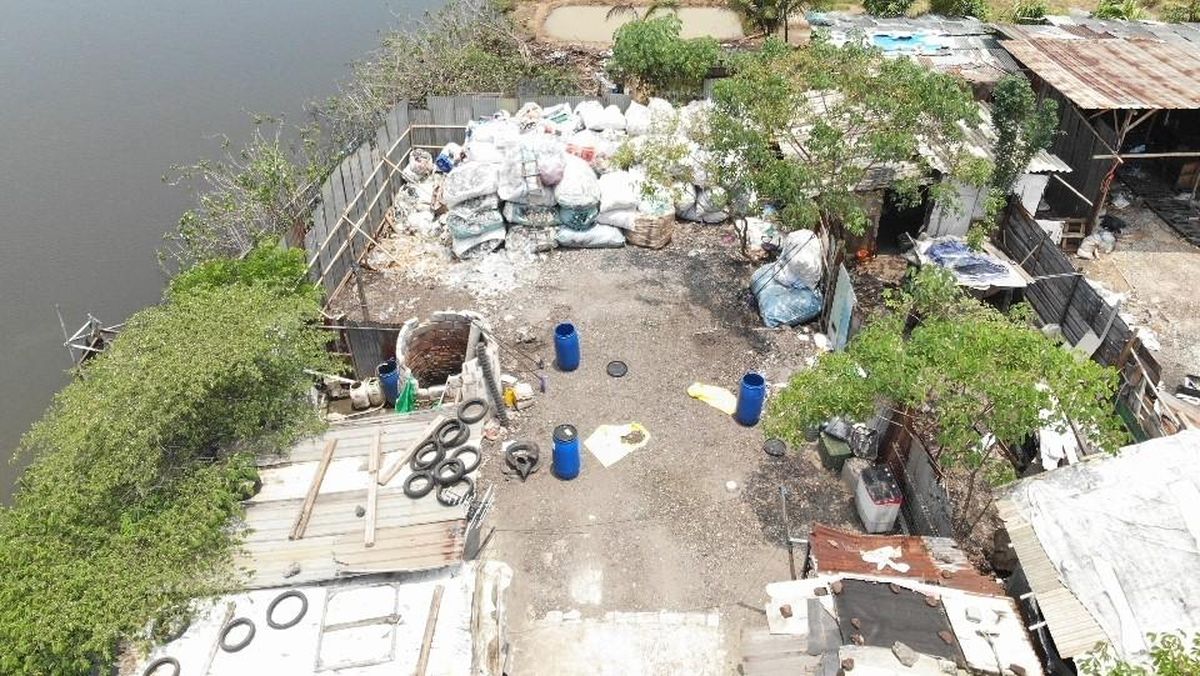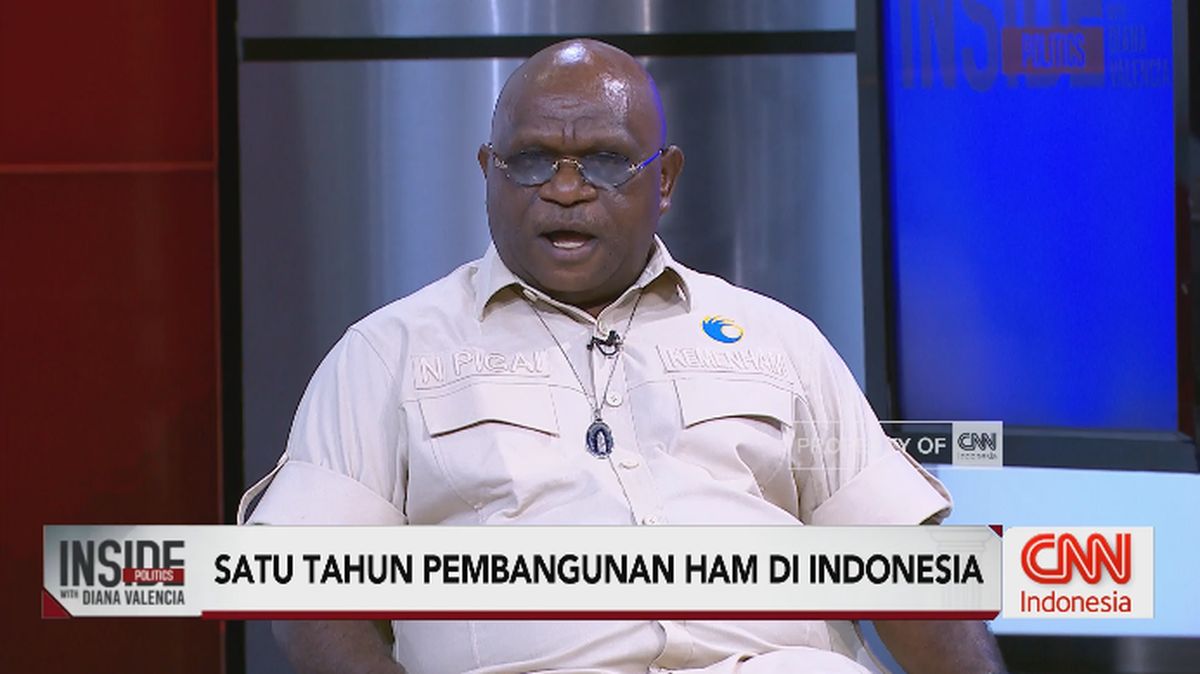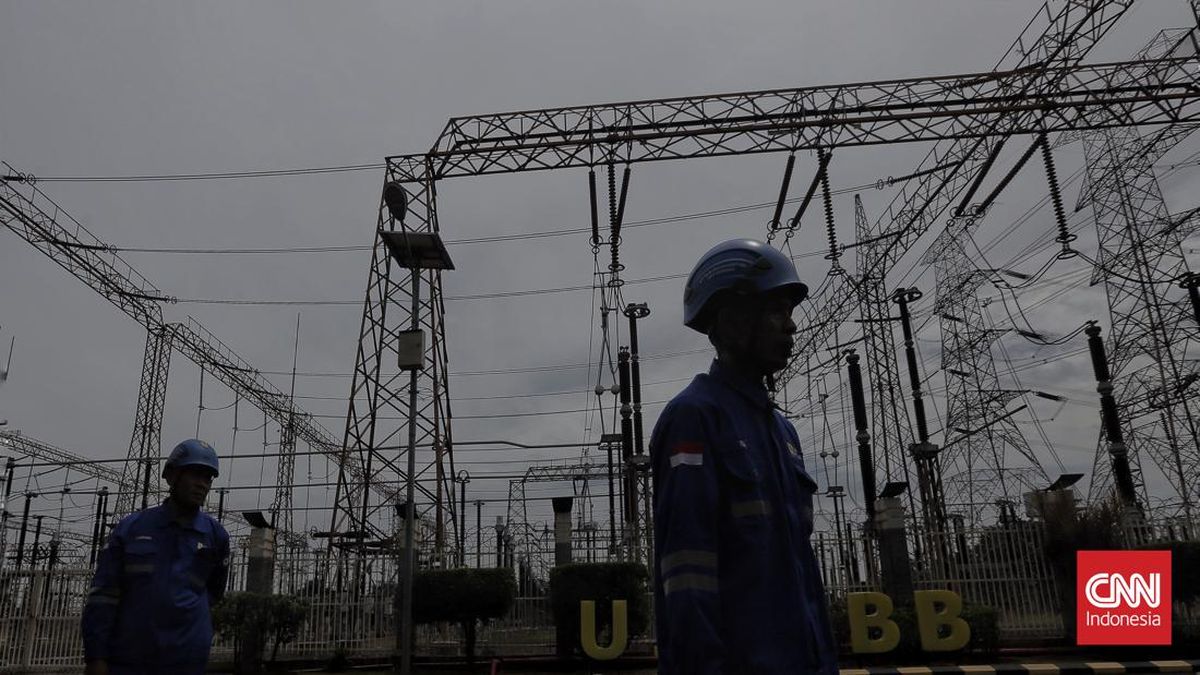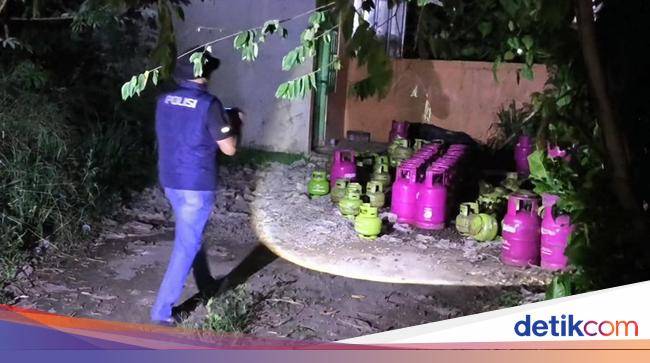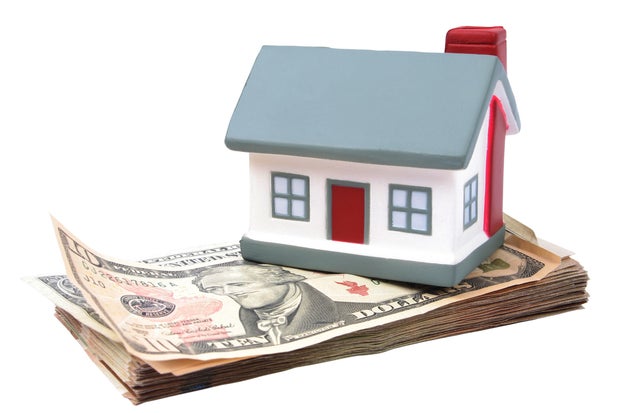 The average homeowner is sitting on a six-figure amount of home equity right now.
Getty Images/iStockphoto
The average homeowner is sitting on a six-figure amount of home equity right now.
Getty Images/iStockphoto
The average home equity amount homeowners have now, according to a recent report, sits around $300,000. And while that may seem like a lot, it won't all be readily available. Most home equity lenders, regardless of whether you're using a home equity loan or home equity line of credit (HELOC), will require homeowners to keep a 20% equity minimum in the home to obtain approval to use the other 80%. Still, that leaves owners with a six-figure amount of money to utilize, with interest rates on both products materially lower than what's available with alternatives like personal loans and credit cards right now.
So, if you want to borrow $150,000 now to make major home renovations, consolidate high-rate debt, or cover upcoming college tuition costs, your home equity could be a viable resource. And you won't be limited by this amount as it sits comfortably below the 80% threshold. But with your home functioning as collateral in these exchanges, and the possibility of it being foreclosed on if you can't make your payments as agreed to, it's important to first calculate your repayment costs.
Between a $150,000 home equity loan and $150,000 HELOC, then, which will be cheaper to use right now? Below, we'll crunch the numbers.
Start by seeing how much home equity you'd be eligible to borrow here.
$150,000 home equity loan vs. $150,000 HELOC: Which is cheaper now?
Currently, the average rate on a home equity loan is approximately the same as the average rate on a HELOC, according to Bankrate. With home equity loans at 8.26% and HELOCs at 8.27%, you'll barely notice a difference in your monthly payments right now. Here's what they'd be spread out over 10 and 15 years (two common repayment periods):
- 10-year $150,000 home equity loan at 8.26%: $1,840.59 per month
- 10-year $150,000 HELOC at 8.27%: $1,841.38 per month
- 15-year $150,000 home equity loan at 8.26%: $1,456.08 per month
- 15-year $150,000 home equity loan at 8.27%: $1,456.96 per month
The difference between the two, however, will materialize over time. That's because HELOC rates are variable and subject to evolve based on market conditions, while the home equity loan rate will remain fixed until (or unless) the homeowner elects to refinance it. Here's how they'd look if HELOC rates fell by 25 basis points from where they are now:
- 10-year $150,000 home equity loan at 8.26%: $1,840.59 per month
- 10-year $150,000 HELOC at 8.02%: $1,821.50 per month
- 15-year $150,000 home equity loan at 8.26%: $1,456.08 per month
- 15-year $150,000 HELOC at 8.02%: $1,435.21 per month
And here's how they'd compare if they rose by the same 25 basis points from where they are currently:
- 10-year $150,000 home equity loan at 8.26%: $1,840.59 per month
- 10-year $150,000 HELOC at 8.52%: $1,861.39 per month
- 15-year $150,000 home equity loan at 8.26%: $1,456.08 per month
- 15-year $150,000 home equity loan at 8.52%: $1,478.87 per month
While these changes won't dramatically change your monthly HELOC payments, they will undoubtedly change over the repayment period as lenders tend to change rates each month for existing borrowers. This doesn't mean that a HELOC isn't still your optimal home equity borrowing option, but it does mean that some volatility will need to be priced into your calculations before getting started to better determine both short- and long-term affordability.
Compare your current HELOC rate offers here to learn more.
The bottom line
Payments on $150,000 worth of home equity borrowing are essentially the same now, whether you use a home equity loan or a HELOC. But because their rate structures are different, that similarity in payments is unlikely to continue for very long. Consider the variability here closely, before getting started. And, if you're unsure of your ability to manage a consistently changing HELOC rate, consider a fixed-rate home equity loan in its place. You could always refinance the loan into a lower, fixed-rate option when the rate climate cools again, and you won't have to worry about a changing repayment until that opportunity arises.
Matt Richardson is the senior managing editor for the Managing Your Money section for CBSNews.com. He writes and edits content about personal finance ranging from savings to investing to insurance.






